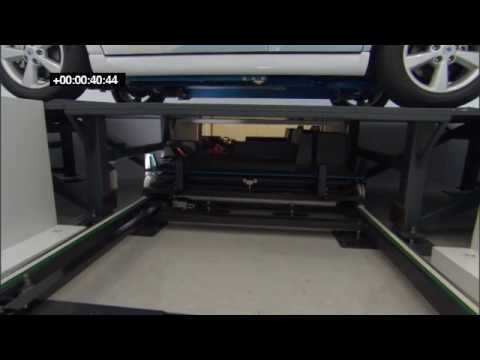#israel
Project Better Place Birthwatch: An Introduction To Project Better Place
How do you make the world a Better Place? If you ask Shai Agassi, president and founder of the eponymous American-Israeli Company, the answer lies in the development of an infrastructure that makes charging an electric car as simple as pulling over in a gas station. This deceptively simple idea has spawned an international project, which brings together automakers, governments, activists and scientists in a hugely ambitious attempt at creating the first localized electric vehicle charging infrastructures. With brand new technology, millions of tax dollars and the fate of at least one global automaker hanging in the balance, the evolution of Better Place is a crucial story in the rise of electric vehicles. But before we begin chronicling the build-up to this ambitious plan, we have to get back to the basics of EVs and their fundamental shortcomings.
Denmark EV Incentive: $40k and a Parking Spot
Along with Israel, Denmark is one of the first countries to sign on to Project Better Place’s attempt to establish a viable electric car infrastructure. And as with all early adopters, Denmark is paying a pretty price for the experiment. The country is spending $100m on infrastructure, including charging points and battery-swap stations. Moreover, Better Place’s partner, public utility Dong Energy, is trying to run the new EV infrastructure entirely on wind power, which is already the source of 20 percent of Denmark’s energy. “We’re the perfect match for a windmill-based utility,” Better Place founder and CEO Shai Agassi tells the NY Times. “If you have a bunch of batteries waiting to be charged, it’s like having a lot of buckets waiting for rain.” Despite the close government involvement in the project, Danes are still wary of making a wholesale switch to EVs, prompting the government to offer $40,000 in consumer incentives for electric vehicles, as well as free parking in downtown Copenhagen. Though there’s plenty of skepticism in Denmark about the plan, that incentive is expected to make a huge difference.

















Recent Comments